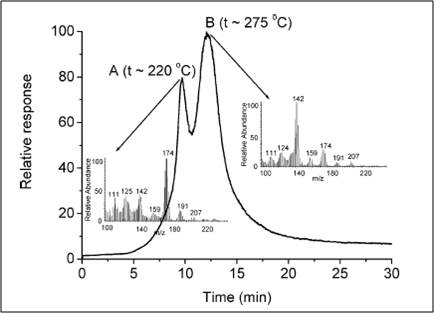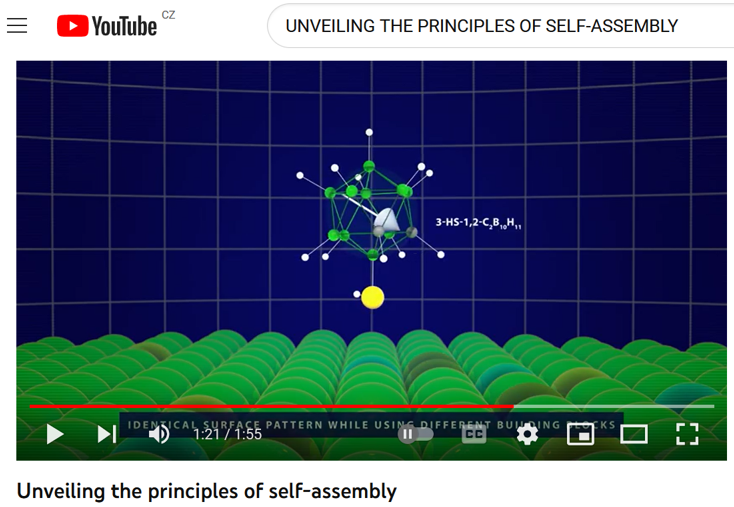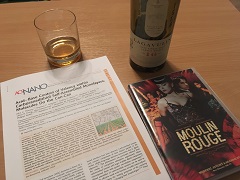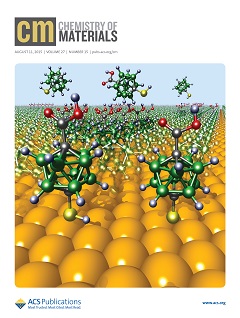Desorption of carboranethiols from a gold colloidal surface
Colloidal particles are attractive for different reasons including their optical properties or relatively large surface areas. We have prepared and investigated gold colloids stabilized with dicarba-closo-dodecaborane-thiols and made some qualitative assessments of the desorption process by using electron ionization mass spectrometric technique. We have observed that molecules of 1,2-dicarba-closo-dodecaborane-1,2-dithiol desorbed from the nanoparticle surface showing either one or two desorption peaks. The first desorption peak was assigned to the carborane molecule with one sulfur atom (composition corresponding to C2B10H11S) while the second desorption peak - at higher temperature - was assigned to clusters corresponing to C2B10H10 and potential explanation was provided.

Read more at
Our continuing interest in the area of colloidal particles is focusing on understanding the structural and electronic aspects of their interface.








